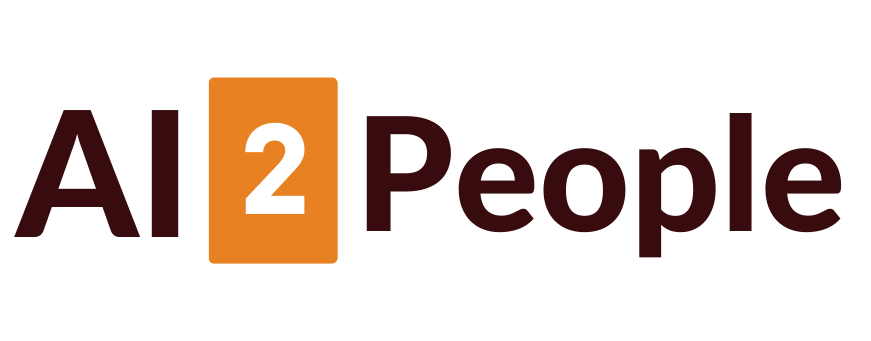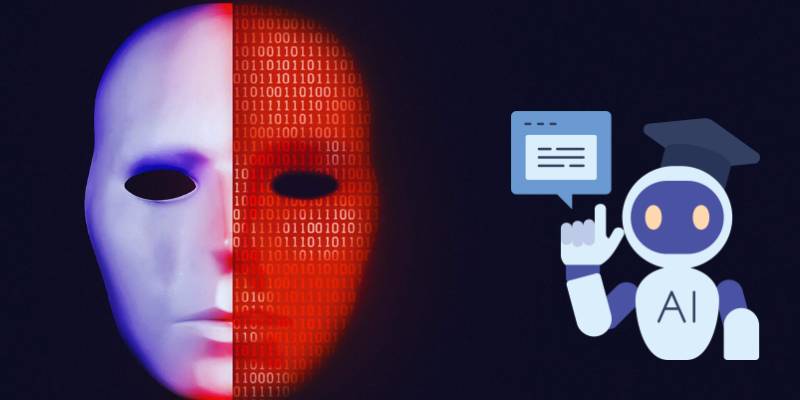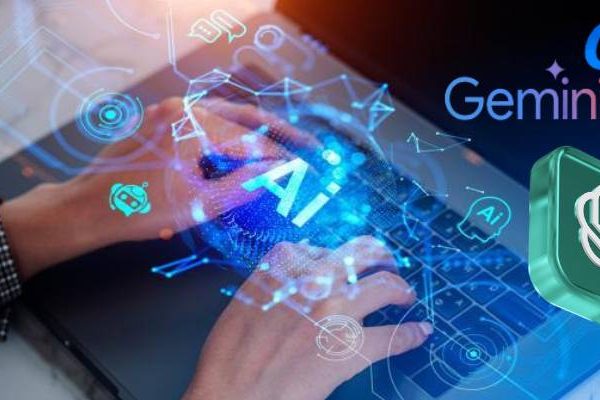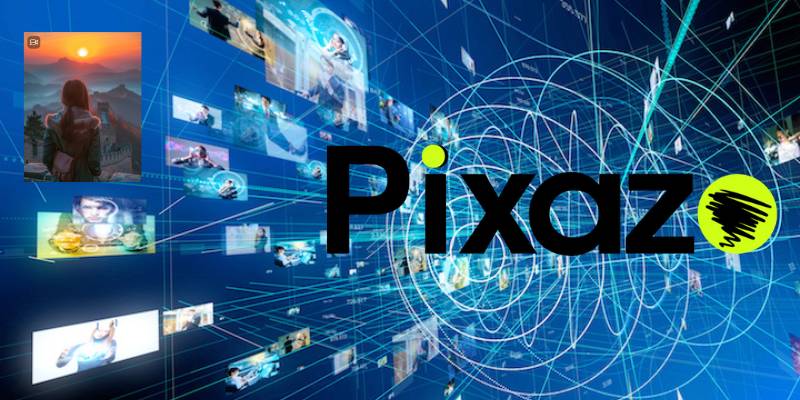
Pixazo’s Big Leap: The AI That Doesn’t Just Draw, It Directs
Some news stories slip quietly under the radar, but every now and then, one comes along that feels like a preview of tomorrow.
This week, Pixazo – a creative technology startup based in India – announced it’s adding AI video generation to its API suite.
Sounds simple enough on paper, right? But if you’ve been following the rapid-fire world of generative media, you know this is no small leap.
Pixazo’s move means that developers, creators, and businesses can now plug video generation directly into their apps, no film crew or editing suite required.
Imagine typing a script or uploading a few images, and within minutes, out pops a full-motion clip with realistic movement, lighting, and even synchronized speech. That’s not sci-fi anymore – it’s API documentation and a few lines of code.
This development echoes what’s happening on a much larger scale across the AI landscape.
Just a few days ago, OpenAI rolled out its Sora video generator for Android, bringing cinematic-level video creation to mobile devices.
It’s the kind of technology that blurs the line between a filmmaker and a phone user.
And let’s be honest, that’s both exciting and slightly unsettling – we’re entering an age where “Who shot this?” may no longer have a straightforward answer.
But what makes Pixazo’s announcement particularly interesting is its focus on accessibility.
While giants like Google and OpenAI dominate the global headlines, startups like this are quietly democratizing innovation.
They’re saying: you don’t need a supercomputer or a Hollywood budget to make something stunning. And in a market as vast and creative as India’s, that’s a powerful message.
According to Pulse2’s report on Video Rebirth’s $50 million raise, investors are betting big on this sector – signaling that AI-generated video could soon rival traditional production.
Of course, there’s a flip side to all this glitz. As more tools hit the market, concerns over authenticity are growing louder.
A recent policy conversation around YouTube’s upcoming Veo 3 rollout in Shorts touched on how platforms plan to handle AI-generated clips – should they be labeled, watermarked, or treated like any other user upload?
That’s a tricky balance. Creativity shouldn’t be policed, but misinformation, well, that’s another story.
Personally, I find this tension fascinating – it’s like watching the invention of the printing press all over again, except this time the ink talks back.
Tools like Pixazo’s API won’t just change how we make videos; they’ll change how we think about storytelling altogether.
Who gets to be a “creator” when anyone can conjure a scene out of thin air? And what happens when AI starts improvising, adding things we didn’t even ask for?
At the end of the day, whether you see this as innovation or intrusion probably depends on which side of the camera you’re on. For developers, it’s opportunity.
For artists, it’s competition. For the rest of us – maybe it’s a little bit of both. But one thing’s for sure: with companies like Pixazo stepping into the spotlight, the next blockbuster might not come from a studio at all. It might come from an API call.
